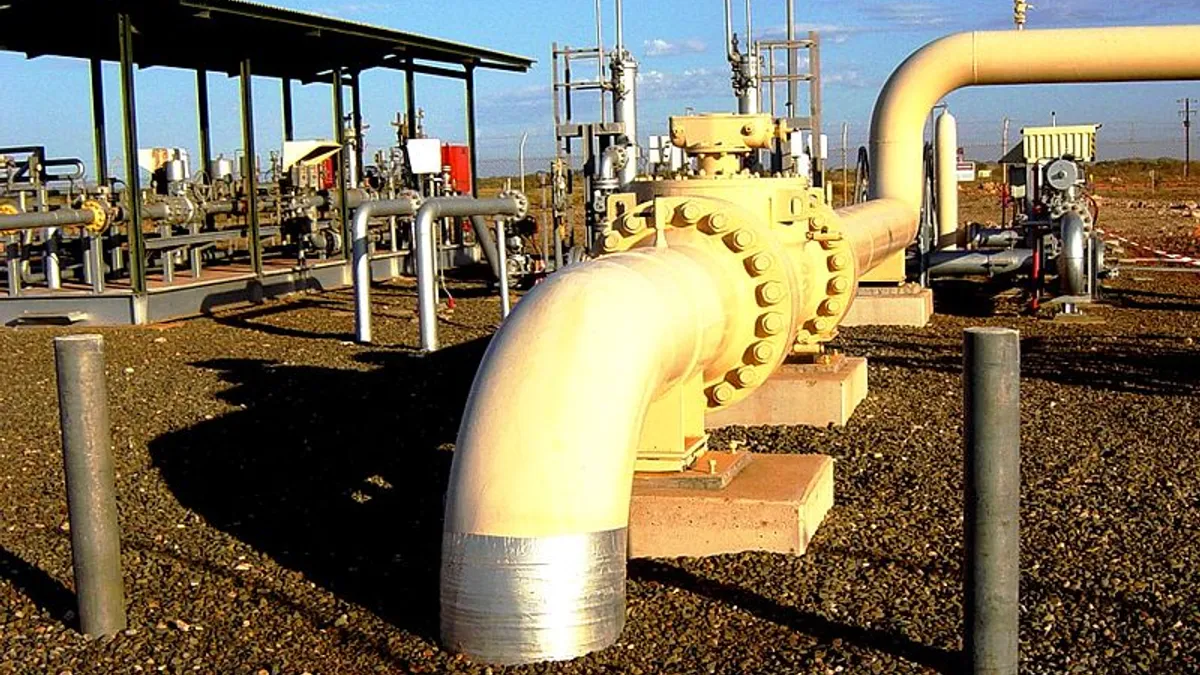Dive Brief:
- CEO Mike Smith of Oglethorpe Power, which supplies wholesale power to 38 electric cooperatives in Georgia, said new combined cycle natural gas plants can get to the EPA-targeted 70% capacity factor by 2030 in his state if new pipelines can be put in place to keep the plants adequately supplied.
- The EPA rule, which would cut U.S. greenhouse gas emissions 30% below 2005 levels by 2030, offers four building blocks for achieving the cuts, including cleaner coal, more nuclear and renewables, more demand side efficiencies, and/or increased base load natural gas. But for natural gas plants to replace base load coal and nuclear, the infrastructure to deliver it must be built, according to Smith.
- Oglethorpe’s 458 megawatt Chattahoochee station combined-cycle unit increased to a 64% capacity factor in 1H 2014, up from 63% in 1H 2013, and its 1,240 megawatt Thomas Smith facility fell to 16% in 1H 2014 from 1H 2013’s 20%, but both would likely be used more under the EPA Clean Power Plan.
Dive Insight:
Capacity factor is the percent of a plant's actual output compared to its potential full-time output.
The newly accessible abundance of shale and tight gas is adequate to meet increased demand, and combined cycle natural gas plants can generate at the necessary levels, but a U.S. natural gas pipeline network must be built from the new producing regions to new plant locations, according to Smith.
Federal regulators would also need to allow adequate fracking to sustain the expansion in natural gas supplies, Smith said.














